Logwood Dye
Logwood Dye comes from Haematoxylum campechianum, the Campeche Logwood tree. The heartwood of this tree contains hematine, a powerful dyestuff with an exceptional affinity for natural fibers like wool and cotton. When you apply it to well-mordanted fibers, it bonds quickly and deeply.
You can easily shift the final color by changing the mordant:
- Alum produces rich royal purples.
- Copper creates deep, somber blues.
- Iron yields elegant grays and intense blacks.
We make this extract in the USA using sustainably harvested logwood from Mexico. This high-grade extract is so concentrated it’s often used to dye medical sutures. For textile dyeing, just 2% weight-of-fabric (WOF) delivers vibrant results—think deep purples and midnight blues.
Use it to explore a wide range of dramatic, colorfast hues on both protein and cellulose fibers.
Background of Logwood Dye
The logwood tree (Haematoxylin campechianum) grows natively in southern Mexico and the Yucatán Peninsula. The pre-Hispanic Maya already knew its value as a dye, and Spanish explorers began trading for it as early as 1502. Logwood quickly became one of New Spain’s most important exports—alongside silver and cochineal—because, for centuries, it offered the only practical source of purple and black dye.
Historical records describe Spanish galleons crossing the Atlantic with decks stacked high with logwood timber. English pirates regularly targeted these logwood-laden ships along the Spanish Main (Ortiz-Hidalgo and Piña-Oviedo 2019:4).
The port of Campeche on Mexico’s Gulf Coast dominated the logwood trade in the 17th and 18th centuries, which is why people often called it “Campeachy Wood.” The tree’s botanical name, Haematoxylin, means “blood-tree” in Greek—a nod to the heartwood’s deep color after oxidation.
The tree’s heartwood contains haemotoxylin, a powerful compound extracted through boiling or steam extraction. Once exposed to air, it oxidizes into hematine, the pure dyestuff. Hematine bonds well with natural fibers, including cotton—one of the most dye-resistant materials—when mordanted properly.
Different mordants yield different results:
- Alum produces rich purples (though these may fade in sunlight).
- Copper creates deep, long-lasting blues prized by Victorian dye houses.
- Iron results in sophisticated grays and intense blacks.
Although synthetic aniline black replaced logwood in the dye industry after 1865, modern applications still rely on it—especially for dyeing medical sutures black for better visibility.
We continue this rich legacy by offering premium Royal Logwood Extract made from sustainably harvested Mexican logwood.
Safety Precautions for Logwood Dye
- DO NOT INGEST. This extract was prepared for textile dyeing, not as an herbal supplement.
- Avoid eye contact. If eye contact occurs, rinse with cool water.
- Not for use as a cosmetic additive; do not apply directly to skin or hair.
- Open carefully to avoid spilling or creating dust.
- If a spill occurs, quickly wipe up with a paper towel or disposable rag.
- Royal Logwood Extract can permanently dye clothing, countertops, rugs, utensils, or other property. Avoid contact with anything that is not meant to be dyed.
- Use only dye pots and utensils dedicated to dyeing. Do not use any pots, containers, spoons, tongs, thermometers, or other utensils that will be used for food preparation.
- Copper powder and iron powder are both irritants and may be harmful if ingested. Read your manufacturer’s safety data sheet (MSDS) before using copper or iron as a mordant.
- Logwood Dye and all dye baths and mordant liquors made while dyeing, should be kept out of reach of children and pets. Use only with adult supervision.
- Natural Dye.us is not liable for any misuse of this product or any unintended staining of your clothing, workspace, or other property. Use only as directed.
Recommended Supplies for Logwood Dye
-
Dye Pot: Use a dye pot large enough to hold all your fibers, with plenty of room for them to move around and for the liquid to circulate freely. Logwood extract may leave faint stains on metal dye pots. If so, the stain can usually be scrubbed out with a scouring pad.
-
Metal Tongs: A pair of tongs is useful for stirring and taking fabric out. Use tongs dedicated to dyeing, and not for food preparation.
-
Rubber Gloves: Wear rubber gloves while handling extract powder and while handling mordanted/dyed fiber before it is rinsed.
-
Candy Thermometer: Logwood dye will lose some of its clarity if the dye bath gets hotter than 175°F. The best way to keep track of temperature is to use a cheap candy thermometer that clips to the side of the dye pot.
-
Scale: Use a scale to weigh out fiber, mordant, and extract powder.
-
Alum, Copper, or Iron Mordant: The color produced by logwood is determined by the mordant used. For purples, use aluminum potassium sulfate, also known as potash alum. It is the same alum that you can find in a jar in the spice section at the grocery store.
-
pH Strips: For adjusting the dye bath pH.
-
Disposable Cup: For mixing the extract powder to a paste.
PH strips and a candy thermometer make it easier to control the dye bath.
Recommended Materials and Uses
Logwood dye works well on both protein fibers (wool, silk) and plant-based fibers (cotton, linen). It is used for textile dyeing, hand-spun yarns, and art projects. In history, it dyed military uniforms, academic robes, and legal garments. Scientists also use logwood to stain cell structures under a microscope.
Mordanting With Alum
To achieve effective bonding of logwood dye to fibers, mordant the fibers beforehand; otherwise, the dye yields only a faint brown. Alum, copper, and iron mordants each produce distinct shades. For optimal results, begin by soaking your fibers in water for a few hours before mordanting, allowing the mordant to penetrate deeply and evenly. First, weigh the fibers while they are still dry.
Mordanting Protein Fibers (Wool, Silk, Alpaca)
-
Weigh your dry fibers. Calculate 12% of the weight for alum or 2% for copper or iron. Wear gloves, eye protection, and a mask when handling metal powders.
-
Fill your dye pot with hot tap water, ensuring enough room for the fibers.
-
Dissolve the appropriate amount of mordant powder in the dye pot, stirring with a spoon or metal tongs until fully dissolved.
-
Gently place the pre-soaked fibers into the mordant solution.
-
Heat the mordant bath to 180°F (82°C). If you lack a thermometer, note that at this temperature, steam will rise without bubbling. If bubbling occurs, reduce the heat.
-
Maintain this temperature for 1 hour when using alum or copper, or 30 minutes for iron. Stir occasionally to ensure even mordanting.
-
After the designated time, remove the pot from heat and allow it to cool. For thicker or tightly woven fabrics, you may leave fibers in an alum or copper bath overnight to enhance mordant penetration. However, promptly remove fibers from an iron bath to prevent corrosion or damage.
-
Once cooled, remove the fibers. Wearing rubber gloves, gently squeeze excess mordant solution back into the pot. Rinse the fibers well in lukewarm water. While detergent isn’t necessary, ensure all excess mordant is rinsed out, especially when using iron, as residual particles can damage the fibers.
-
Set the rinsed, mordanted fibers aside until ready to dye. Keep them out of reach of children and pets.
-
Dispose of the mordant solution according to local guidelines.
Mordanting Cellulose Fibers (Cotton, Linen, etc.)
Cellulose fibers are more resistant to mordants than protein fibers and often require pre-treatment with tannin to absorb mordants effectively. Handspun, handloom, and organic cotton and linen typically accept natural dyes well, sometimes allowing you to skip the tannin step. However, commercial cotton may need a two-step mordanting process due to industrial finishing.
-
Scour the cellulose fibers thoroughly. Traditionally, this involves a highly alkaline soda ash solution, but household detergents like Tide© (pH 11) are equally effective. We recommend washing the fibers in a high-temperature cycle with plenty of detergent.
-
Proceed to mordanting as described for protein fibers, using the same percentages: 12% alum, 2% copper, or 2% iron.
Recipe – Royal Purple
To achieve the classic royal purple color that Logwood dye yields with an alum mordant, follow these steps:
-
Prepare the Dye Bath: Fill your dye pot with warm water, ensuring there’s ample space for the fabric to move freely and for water to circulate.
-
Adjust the pH: Bring the pH to 7 using white vinegar or baking soda.
-
Measure and Mix the Extract: Calculate 2% of the fabric’s dry weight to determine the amount of Royal Logwood Extract needed. Place the extract into a disposable cup, add a small amount of hot water, and stir to create a thin slurry.
-
Combine Slurry with Dye Bath: Pour the slurry into the dye bath and mix thoroughly. The bath should now appear deep purple, almost black.
-
Add Pre-Mordanted Fibers: Introduce your pre-mordanted fibers into the dye bath.
-
Heat the Dye Bath: Gradually raise the temperature to 175°F (approximately 80°C) and maintain it for 30 minutes to 1 hour. Stir the bath every 15 minutes to ensure even dyeing.
-
Cool and Rinse: After the desired time, remove the pot from heat and allow it to cool. Take out the fibers and rinse them briefly in lukewarm water to eliminate any residual dye particles.
-
Final Rinse: For the final rinse, use a pH-neutral detergent designed for textile artists to wash out any loose dye. Follow the manufacturer’s instructions for optimal results.
-
Dry the Fabric: Hang the fabric to dry in a shaded area where dripping dye won’t cause damage.

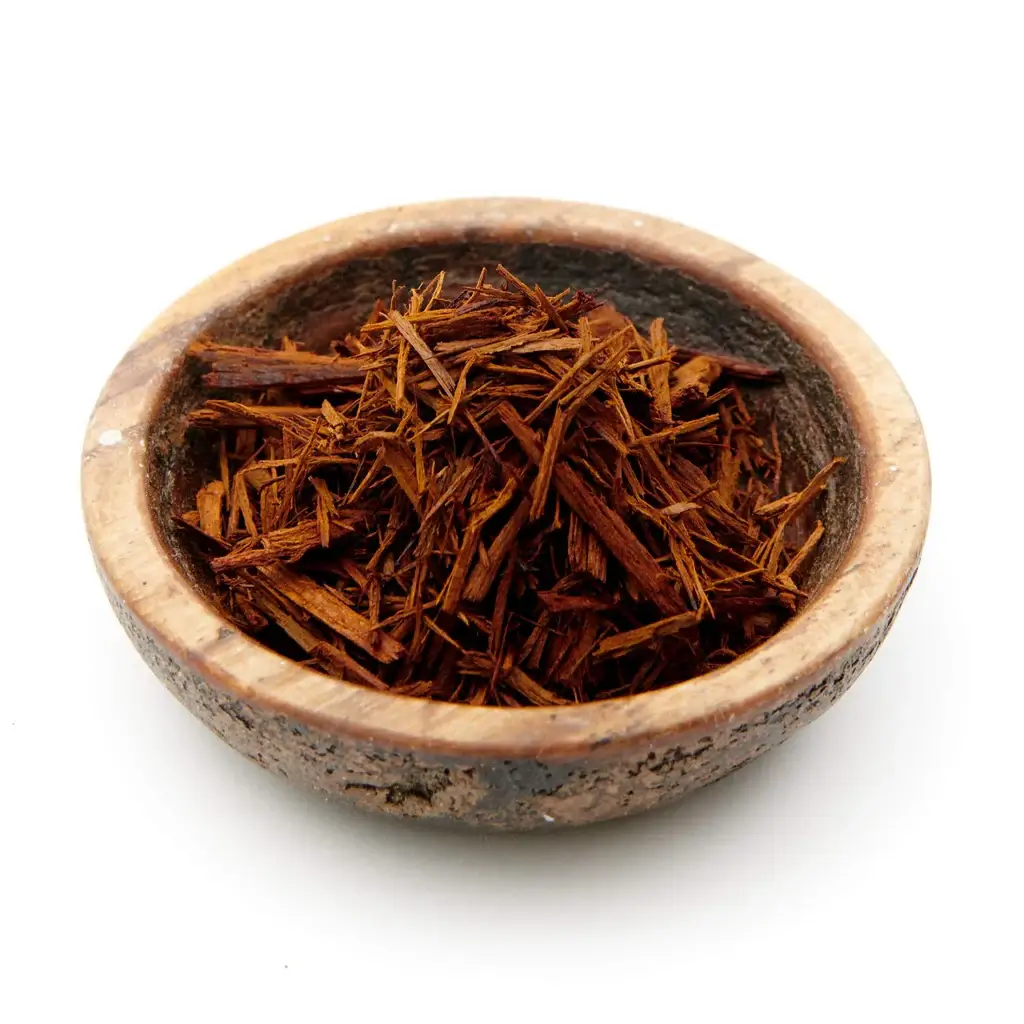
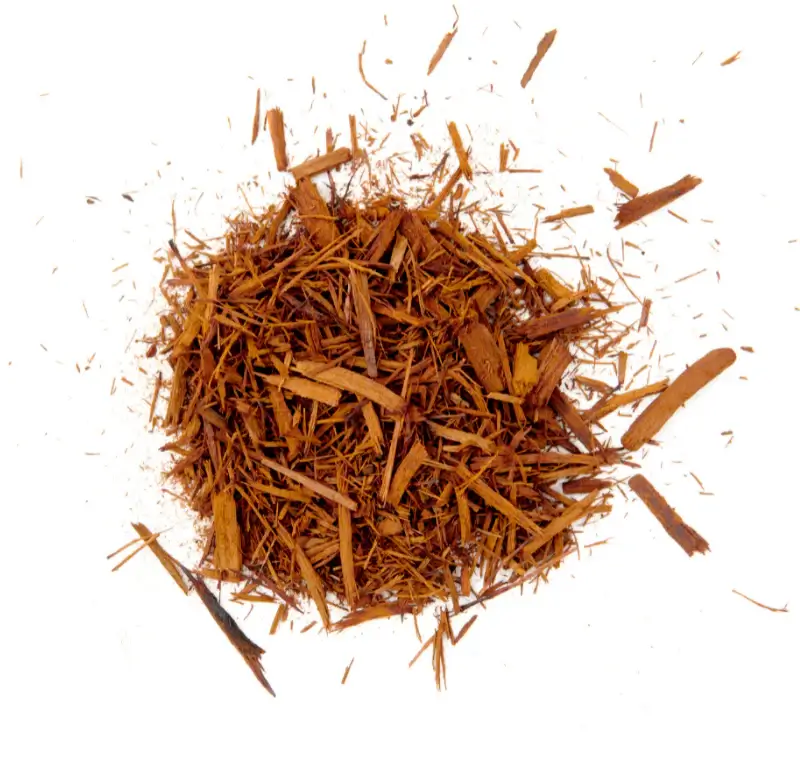
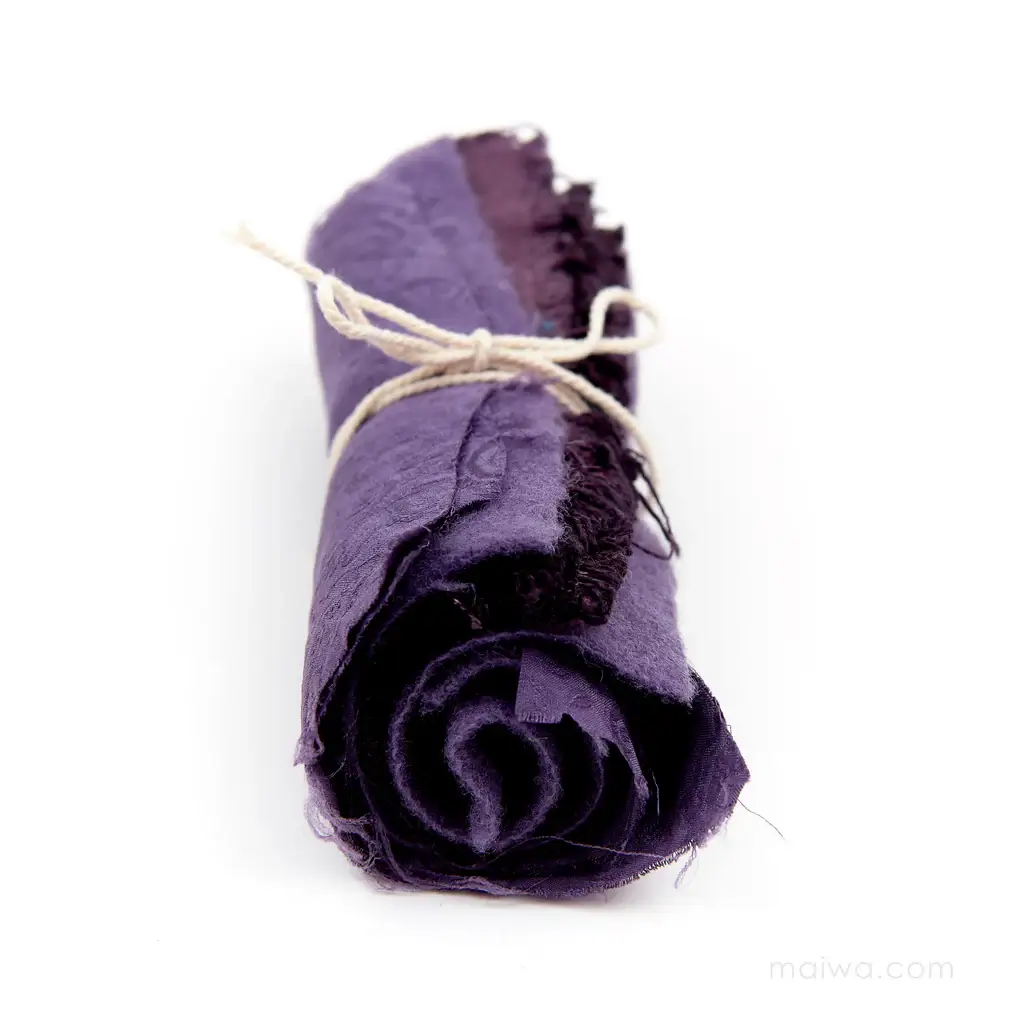
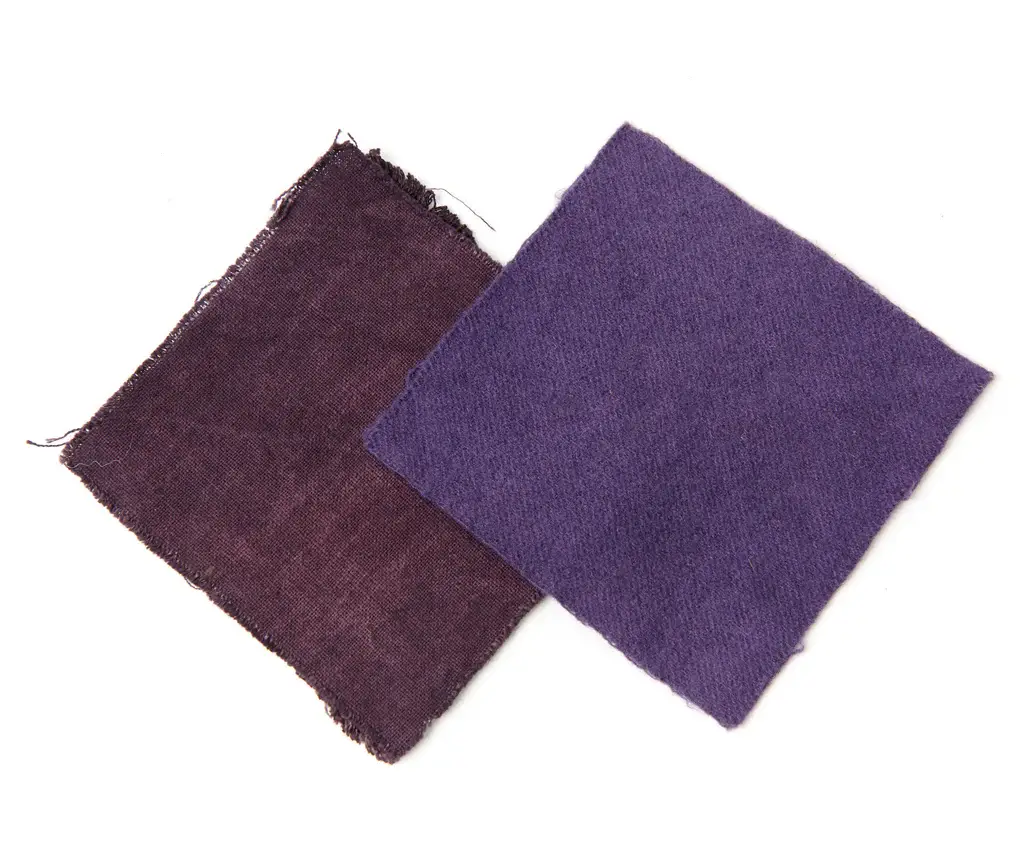
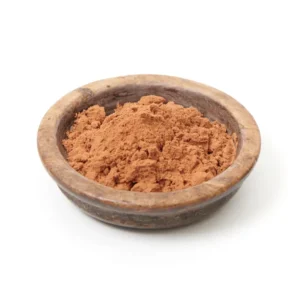
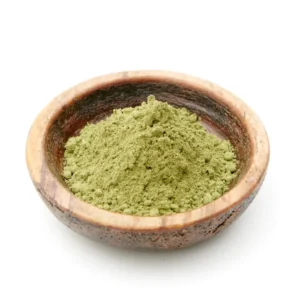

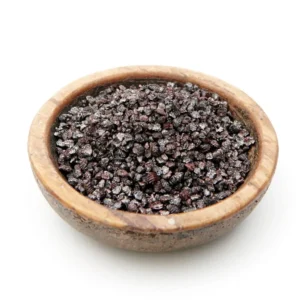
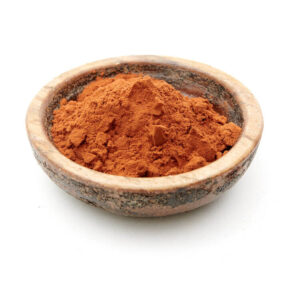
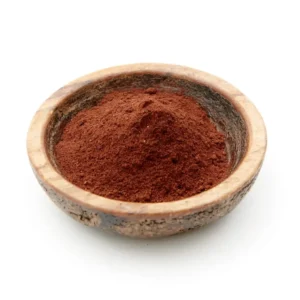
Reviews
There are no reviews yet.